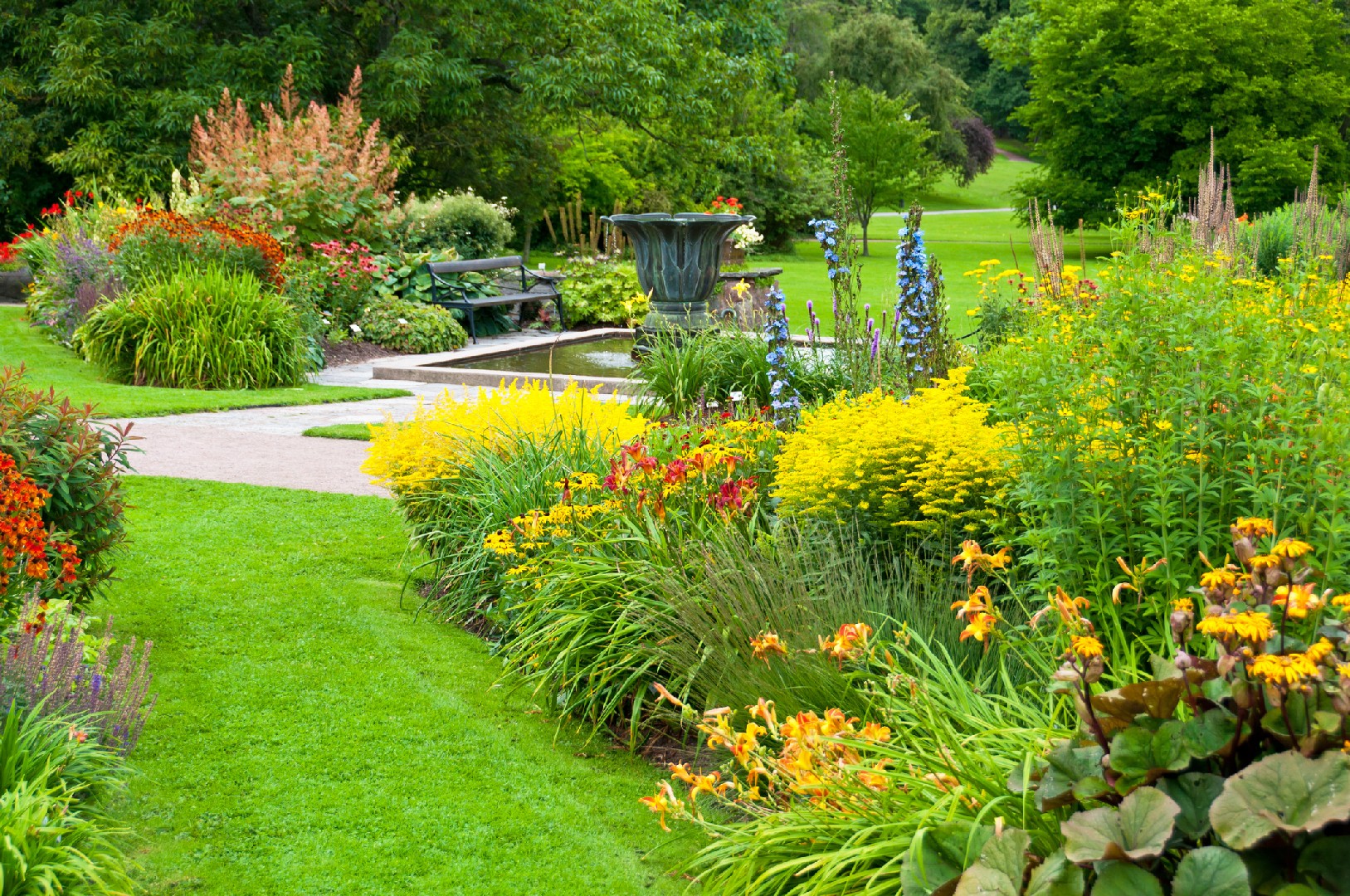![Rectangle]()
Case Studies: Success Stories of Sustainable Landscape Design
In recent years, there have been numerous success stories in the realm of sustainable landscape design, showcasing the power of ecologically-friendly practices in creating stunning outdoor spaces that benefit both the environment and the individuals who inhabit them. These case studies serve as inspiring examples, providing insights into the transformation process, challenges faced, and innovative solutions implemented.
One standout success story is the High Line Park in New York City. This former elevated railway was transformed into a vibrant public park, teeming with native plants, grasses, and trees. The landscape architects behind the project faced the challenge of creating a biodiverse and sustainable space in a constrained urban environment. They utilized green roof technology, which not only keeps the park cooler in summer and warmer in winter but also reduces stormwater runoff and provides habitat for birds and insects. The High Line Park has become a green oasis in the heart of the city, attracting both locals and tourists alike.
Another exemplary case study is the Parkroyal on Pickering hotel in Singapore. This hotel is a prime example of sustainable landscape design, incorporating a breathtaking sky garden on every level. This vertical garden not only enhances the visual appeal of the building but also reduces the urban heat island effect, provides shading, and improves air quality. Rainwater is harvested and used for irrigation, reducing the hotel's water consumption. The design also includes numerous native plants, creating a habitat for local wildlife. The Parkroyal on Pickering has successfully proven that sustainability can coexist with luxury.
When looking at the impacts and benefits of these green designs, it becomes clear that sustainable landscape design offers tangible advantages. For instance, these eco-friendly outdoor spaces have been shown to improve air and water quality, reduce energy consumption through passive cooling and heating, and provide habitats for local flora and fauna. Additionally, these designs can enhance the overall well-being of individuals, serving as havens of relaxation and rejuvenation.
To achieve these successful implementations of sustainable landscape design, a combination of methods, skills, and knowledge is required. Landscape architects and designers must possess expertise in native plant selection, green roof technology, water management strategies, and sustainable irrigation systems, among others. They must also be adept at navigating the challenges of limited space, urban constraints, and regulatory compliance. By leveraging these methods, skills, and knowledge, professionals can transform outdoor spaces into living examples of sustainable and eco-friendly design.
In conclusion, the case studies of successful sustainable landscape design demonstrate the power of eco-friendly practices in creating beautiful and functional outdoor spaces. These examples showcase the transformative potential of sustainable design and highlight the benefits it provides. By incorporating methods, skills, and knowledge pertinent to the overall theme of the article, landscape architects and designers can create impactful eco-friendly landscapes that benefit both the environment and individuals. Understanding the challenges faced and solutions employed in these success stories can inspire and guide others in their pursuit of creating sustainable outdoor spaces.





